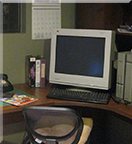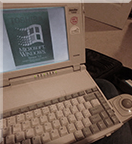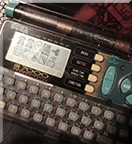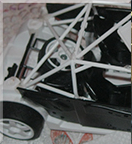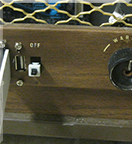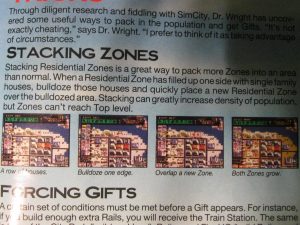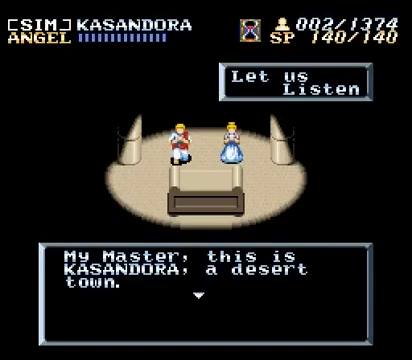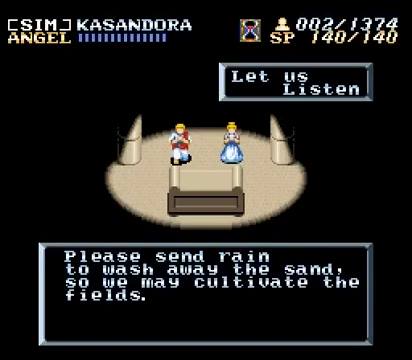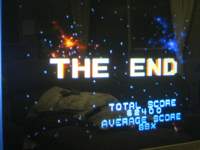Finished Final Fantasy: Mystic Quest for SNES.
Released around the same time as Final Fantasy V, but it is a way lower level of technical achievement compared to the mainline Final Fantasy games from that time. It has very tiny sprites with two-frame animations, not very many maps. In terms of gameplay there are some things to like: no random encounters, and your character can jump and use a weapon to interact with the environment. The plot is kind of thin and forgettible.
Everything made sense once I read about the origins of this game. Apparently, this was meant to be an introduction of Final Fantasy to a wide western audience, including children, since in the late 80s, early 90s console RPGs had yet to gain as much traction in the west as they did in Japan. That requirement meant streamlining all the combat and equipment system, and having something more action-oriented in the map aside from just walking around. And, having characters that are simpler. They further reduced the difficulty and grind by making it so you can save anywhere, rather than fixed save points, and all battles can be re-tried.
FFMQ has one really good thing: the soundtrack. Unlike the mainline Final Fantasies from around that time, it was not composed by Nobuo Uematsu. So the music feels distinctly different. Less anime-ish and more old-live-action-movie-ish. It's almost at the point where a game like this does not deserve a soundtrack this good.
Some people call FFMQ the "worst Final Fantasy". Maybe it is but it is not worse than Final Fantasy XIII.
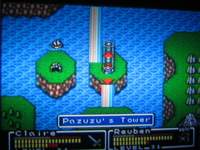


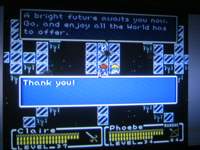
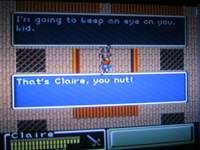
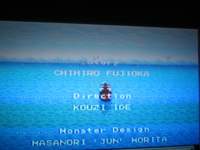
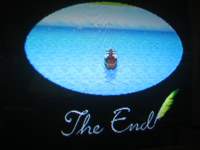
favorite music
Japan VS USA box art
I have to admire what they could and couldn't do with video game chiptunes.
E.g., to go from this:
to this:
Like I wonder if it breaks some poor composer's heart to have their amazing masterpiece work, confined to a representation in a 30-second loop with 64kb of memory and 8 midi channels. In context, good soundtracks tend to stay good soundtracks, even if chiptunes lose so many details and subtle aspects of the arrangement. I suspect that part of the job of BGM composers back then was to create songs that could still sound good on that form factor.
Got the Megalopolis in SimCity (SNES).
This is the original SimCity, slightly Nintendo-ified with references to Bowser and Mario and Dr. Wright of course. Unlike SimCity 2000, it doesn't have an isometric style, although there is a sort-of-3D effect in terms of 'tall' zones overlapping short ones.
The Megalopolis is the highest population ranking in the game at 500,000 people.
What makes it hard: unlike the newer SimCities, you have very limited space, and zones are 3x3 boxes with nothing smaller, so building optimally around coastlines is a problem.
The game takes pity on you as you begin to run out of space, bestowing upon you up to 7 3x3 landfills, so you can place up to 7 extra zones. A fully developed city is 500-900 zones, though. So it doesn't help much.
Optimizing for space is hard, ensuring land values remain high while all zones are crammed together as much as possible. Moreover, all zones need to be connected to transit- each zone should be touching at least one transit block develop beyond the minimal thing
Through experimentation I found out how to do some cheesy things-
- People don't care if there are literally no roads. Rails everywhere == no traffic
- Living next to disconnected 10-foot driveway of railroad running out of your backyard is sufficient as a commuting option
- Industrial zones around the borders because pollution going off the edge of your map 'doesn't count'
- Police stations don't need to be next to roads OR rails to be effective. They have helicopters or something
- All schools and hospitals == demolish on sight. Develop them into pure residential zones instead. No one cares
- Stacking and 'gift forcing' cheese.
Of course the city is called 'SF SOKYO'.
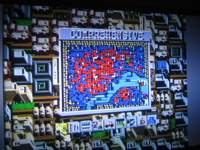

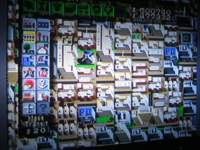
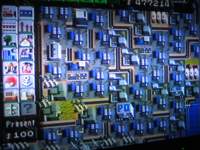
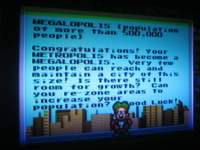
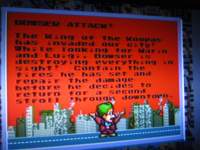
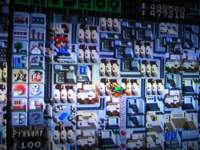
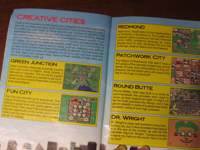
Not a bug, it's a feature:
Finished Pagemaster (SNES)
Do you remember this 1994 Macaulay Culkin movie? I had seen it a long time ago, this is the video game tie-in. It has the guy from Home Alone and when he reads some book he enters this alternate universe and there's cartoons / he becomes a cartoon. This another classic '16-bit movie tie-in platformer'- not quite as punishingly heard as some of the Disney ones (the Aladdin game, and the Lion King game, omg...) but gets up there.
The game trolls you a lot. For example, it might seem useful to grind lives for the last level. You would be wrong. You have effectively one shot to beat the last level. Why? Because at the end of the last level is a long, long path of lethal spikes, and- from all I can tell- you are supposed to take one long jump at the spikes, then carefully use I-frames to run that long remainder of the way and you barely have enough. You only have I-frames at all if you have an item to spare, it's Mario style where power-ups are the only thing shielding you from insta-death. And you res with no power-ups obviously. And there are literally no power-ups present in the level. On the condition that all of these things are true, you can have 99 lives for the last level, it won't matter- if you die you might as well hit the reset button.
One thing this game has, that I sort of miss, is some screen- could be the ending screen, could be the "I want to stop playing screen", doing a "while(1);" basically. It stalls forever. Accepts no input. That's where you just turn off the game.
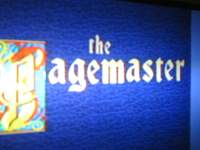
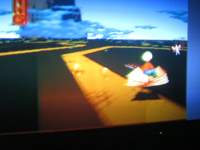
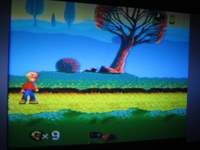

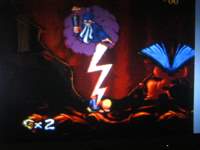

Separate topic, but I really like this type of ending screen with the while(1).
Pagemaster's ending screen does this. So does Chrono Trigger's and Super Metroid's and Super Mario RPG's and EarthBound's and Lagoon's and like every RPG from that era.
An an example besides ending screens, SimCity (SNES) has an option called END. The game stops and it shows a simple animation of a moon sleeping. It will do this forever and you just shut off the console. Looks like this.
That type of ending screen doesn't modernize super well... You can kill the game process but it just doesn't have that same "winding down" feeling. I like it because it's an option I can select when I really do want to stop playing, and there is nothing tempting me to go back and re-enter the game. Most importantly, the static nature of the screen takes me out of it.
Actually, modern MMOs- such as Blade and Soul, when I played it- do the exact opposite of this. If you select "Exit", there will be a waiting period of about 30 seconds just to make sure you're actually, actually sure. They probably have some argument about it curbing cheating or ragequitting but I think we all know the real reason. I would like to see more ending screens in games that just tell you good job, now shut it off and do something else.
Finished ActRaiser (SNES).
ActRaiser plays like two games in one. One half is a top-down 'god game' city-building simulator, the other half is your standard side-scrolling platformer with very oldschool difficulty. Although the two modes have such different visuals and gameplay, they are integrated. Your success in the citybuilding increases your health/spells in the platformer, and your success in the platformer unlocks the next part of the citybuilding.
I have to admire how much effort it would have been to include both these two modes. They are so visually different you basically can't recycle any assets between them. Another cool thing is that the overworld map, shown with the 'mode 7' efffect, shows how your city actually looks at the present time- the terrain changes, and the placement of cities- not just some constant pre-canned thing.
There is a sequel to this game, ActRaiser II, but they axed the city-building part in favor of just having the platformer alone. Kind of a curious decision since that's what really made this game unique.
The difficulty of the game varies wildly. The SIM parts are quite relaxing, and some of the early-game bosses are a joke, but the final boss gauntlet is something else. You need to fight all the bosses from the latter half of the game in succession, and then an additional final boss with two forms. In between bosses your health doesn't replenish. Your magic doesn't replenish. You can die twice but no more. Oh, and the bosses are all sped up compared to before. I was able to put together a 'take no damage' strategy for a few of them but not all. I got through it by the skin of my teeth.
This was a very challenging but fun game, I loved the two-genres-in-one and visual style. I had rented it a couple times when I was younger but never owned it, and for some reason, I had never beaten it even though it's short. Maybe it was too hard. Now I got to revisit it. There are a lot of games I was not able to beat when I was younger but I can beat them now, I think because I became better co-ordinated.
And between this, Kirby's Marx and Lagoon- seeing any 2D game level whose background is just a moving starfield makes me instantly know what's going on... It's a huge cliche!
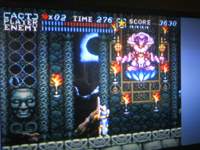

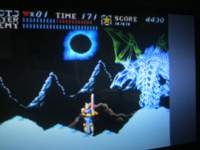

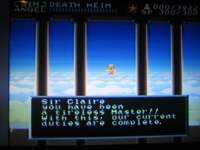
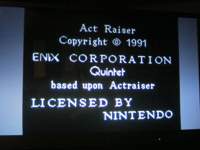

Finished Secret of Evermore for the SNES.
This was an action-RPG I had really wanted to play when I was little, but wasn't able to obtain a copy. Nowadays the world is at your fingertips so I can finally play it. It plays very similarly to Secret of Mana.
The graphics and visual style really left an impression on me. Compared to most other RPGs from around the same time period, everything feels very 'larger than life', probably because it's actually bigger in terms of pixel size- that is, if you compare it to say, FF5 or FF6. More frames of animation too. The design for the bosses "Thraxx"/"Coleoptera" was really cool. And as for the art style, it feels kind of realistic and gritty, none of the words seem too inviting, and it works for this game. Combined with ambient sound instead of background music for a lot of parts, the environments tend to feel kind of lonely and spooky.
It turns out it was developed by a North American division of Square which explains a lot. It is loaded with gags and pop culture references and in general feels way too western to be a JRPG. Although it does follow the cliche of having the obligatory Mode-7 airship type of thing toward the end. Overall, 10/10 would recommend.

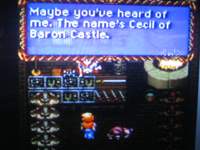
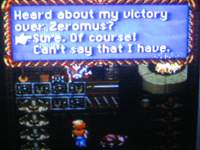
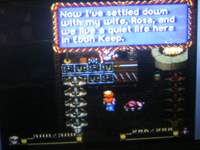


Replaying Legend of Zelda: A Link to the Past (replaying nostalgia games lately) and it never occurred to me until now how BAD the soundtrack is.
I mean, the game has other qualities. Just not that. Why are literally all the dungeons and bosses one of two pieces? Why are all the loops like 5 seconds long? Why does this exist:
I would link to the Fortune Teller music but I don't want to put anyone else through that today.
